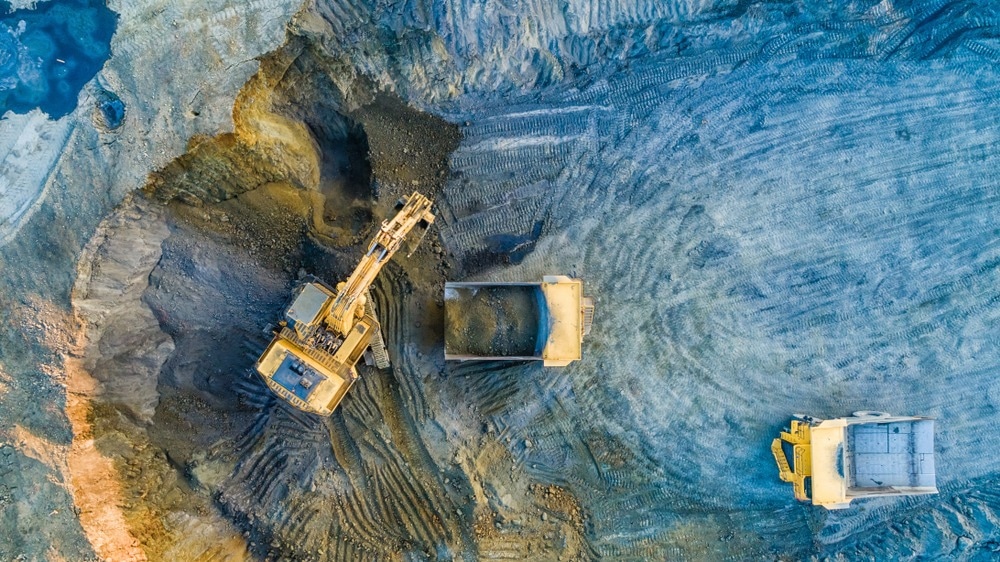The “Monazite Beneficiation Study” on the Monazite-hosted Rare Earth Elements at Key Lake South Project will no longer be the primary focus of Traction Uranium Corp.; instead, it will be shifted to the high-quality uranium that the company’s team found during the Fall 2022 field program. The Saskatchewan Research Council (SRC) will undertake the project.

Image Credit: Evgeny_V/Shutterstock.com
SRC hope to identify the most effective beneficiation method for the concentration of the U308 found in Key Lake South’s “black soil.” The National Research Council of Canada’s Industrial Research Assistance Program provides partial financing for SRC’s services.
The Study will include the following Scope of Work:
- Chemical analysis and characterization of the as-received feed ore sample, including Inductively Coupled Plasma (ICP) Spectroscopy.
- Comminution of the as-received feed ore sample, including sample preparation, particle size distribution, and heavy liquid separation.
- Preliminary beneficiation tests comprising Gravity, Magnetic Separation, and Flotation.
About the Upcoming KLS Drill Program:
Targeting regions with extreme surface uranium anomalies, such as the “black dirt” anomaly, the “radioactive swamp,” and the “Athabasca Sandstone,” which were documented in 1973 (AR 74H04-0013), Phase 1 Diamond Drilling is intended to be 2,000 m long.
In the ground gravity survey conducted in 2022, wide gravity lows were identified as the location of the majority of the drill targets. During the winter drill program, samples will be gathered for the study.
KLS is such a diversified program for us, with additional opportunities to pursue such as rare earth elements (REE’s) and Cobalt (Co), while maintaining uranium as our principal focus having our team discover high grade uranium in the “black soil” from our fall 2022 program further solidifies our drive to unlock the uranium potential at KLS.
Lester Esteban, Chief Executive Officer, Traction Uranium Corp.
Esteban added, “The presence of U308 in the KLS “black soil anomaly” provides an opportunity to study the best route in extracting the U308 from the KLS “black soil”, providing our team further insight into the uranium potential at our KLS Project.”